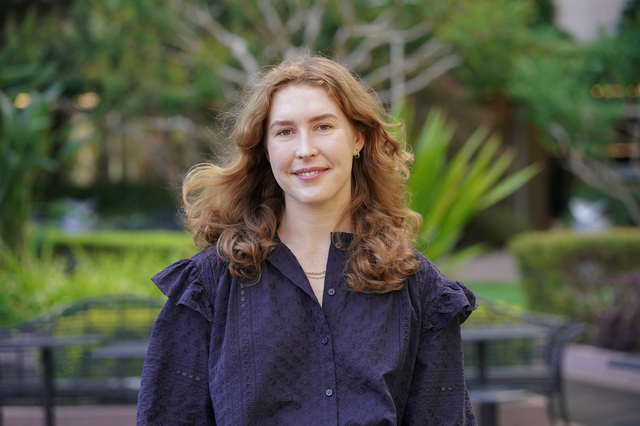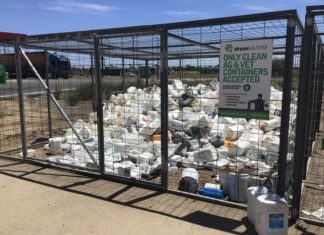Understanding the basics of emissions is becoming increasingly important for Australia’s farmers as the sector faces growing expectations to measure and reduce greenhouse gas emissions on farm, according to agribusiness banking specialist Rabobank.
In a new guide produced for its farming clients, Cultivating clarity in Australian agriculture: Making sense of supply chain emissions targets on-farm, by the bank’s RaboResearch arm, Rabobank says as large corporations – including food and agribusiness companies – become more active in managing climate impact across their full supply chain, this is expected to have increasing market access implications for farmers.
“As these expectations start to flow back towards farm level, understanding the basic concepts around emissions measurement – including the different scopes of emissions, what a farm’s greenhouse gas footprint is made up of and the significance of key emissions metrics – is becoming important in preparing farmers for these fast-approaching changes,” says report author, RaboResearch sustainability analyst Anna Drake.
Ms Drake said many farmers reported feeling confusion and uncertainty when it came to the topic of GHG emissions.
“This includes how to measure and reduce emissions and why this is likely to be relevant to their business,” she said.
Ms Drake said the guide was designed to provide the bank’s clients with a foundational overview on the topic of emissions as it relates to agricultural supply chains and the expected impacts on farmers.
“With growing focus on emissions in agriculture and the widespread introduction of company emissions reduction targets that include on-farm emissions, it is important farmers are well informed so they can best position themselves to respond to changes ahead, including potential future market access impacts,” she said.
In particular, Ms Drake said, the report was designed as a farmer’s guide to navigating corporate emissions reporting and supply chain commitments.
It examines emissions in agriculture from three perspectives: market and supply chain, farm and global.






